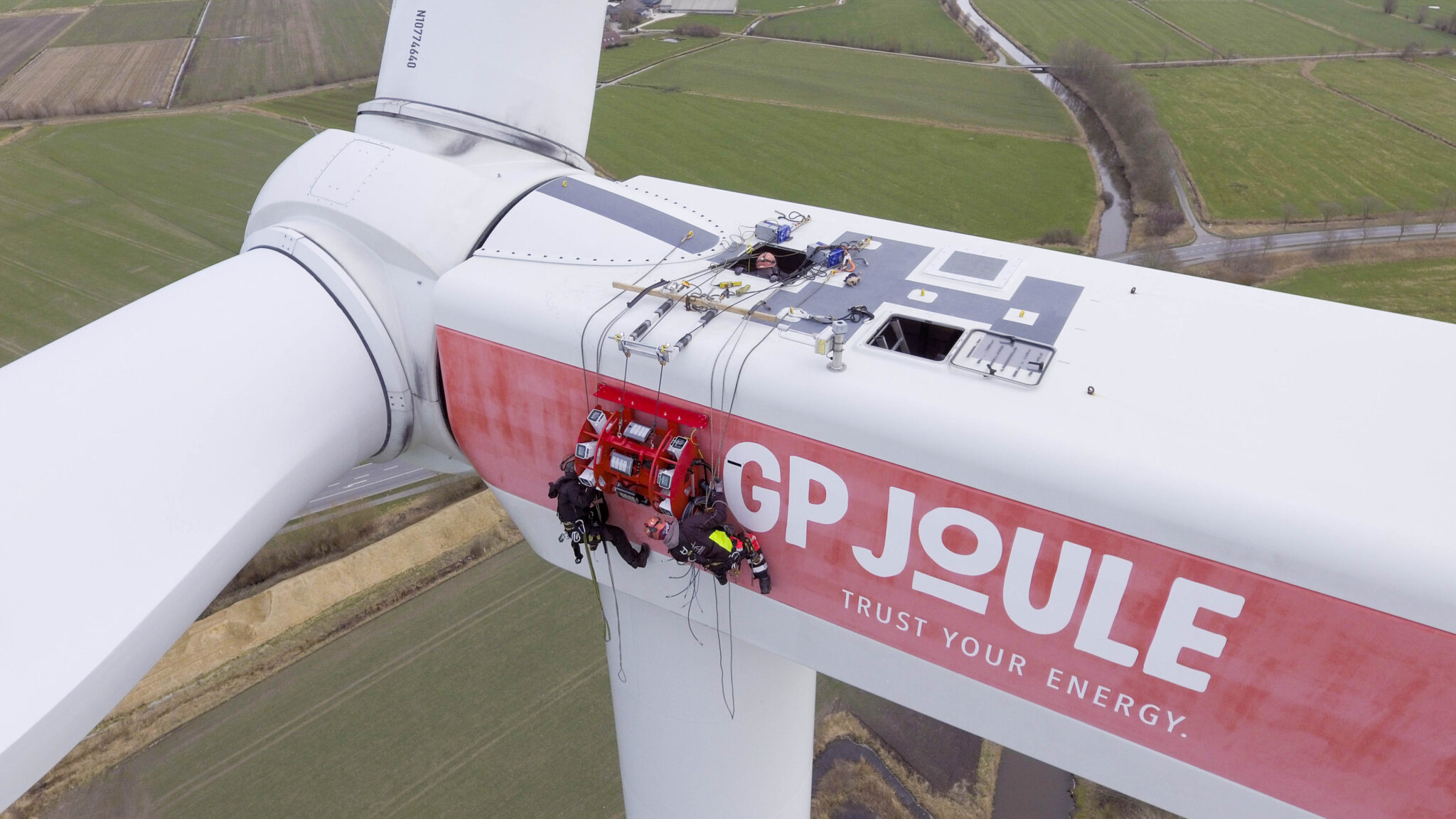Berlin, November 25, 2025. A new study by the German Offshore Wind Energy Association (BWO) confirms that migratory birds almost completely avoid wind turbines and that the collision risk is significantly lower than previously assumed. Commissioned by its financing member companies, the BWO investigated the actual collision risk in a near-shore wind farm in northern Germany. The results provide a solid basis for the environmentally sound expansion of offshore wind energy.
Research helps to close knowledge gaps about bird migration in wind farm areas.
Every year, millions of migratory birds cross the North and Baltic Seas, and thus also areas with offshore wind farms. The impact of these installations on migratory birds has so far been insufficiently researched. Therefore, the German Offshore Wind Energy Foundation (BWO), together with several companies in the sector, commissioned a study to investigate the actual collision risk in a near-shore onshore wind farm in northern Germany.
The goal was to use state-of-the-art technologies to obtain precise data on evasive behavior. This allowed previous assumptions to be verified.
Over 99,8 percent of migratory birds avoid wind turbines
The researchers analyzed over four million bird movements over a period of one and a half years. The data refute the previous assumption that high migration intensity automatically leads to more collisions. Therefore, blanket shutdowns during periods of heavy bird migration do not appear to be a sensible approach.
The result:
- The study demonstrated that migratory birds reliably avoided wind turbines. With over 99,8 percent of diurnal and nocturnal migratory birds avoiding the turbines, a significantly larger proportion than previously assumed.
- No correlation between migration intensity and collisions: Contrary to previous assumptions, the collision rate did not increase with the number of migrating birds. Even during periods of high nocturnal migration activity, very few birds flew through the rotor area.
- Technological advancement: The combination of radar and AI-based cameras represents a methodological breakthrough, enabling unprecedented accuracy in recording bird flight movements in the rotor plane. This allows for reliable conclusions to be drawn regarding collision frequency.
Study provides basis for fact-based discussion
“The new study shows that migratory birds avoid wind turbines. This confirms that the environmentally sound expansion of offshore wind energy works in harmony with these birds and not against them. With this research, we want to depoliticize the discussion, improve the data basis, and make decisions based on facts,” summarizes BWO Managing Director Stefan Thimm, commenting on the study’s findings.
Innovative methods set new standards in bird migration research
“We used state-of-the-art methods. AI-controlled stereo cameras determined flight activity in the rotor area, while a specialized bird radar recorded migration patterns. By comparing both datasets, we were able to precisely calculate avoidance rates. In addition, we specifically searched for collision victims. This resulted in a comprehensive picture of the actual collision risk of migratory birds at wind turbines,” summarizes Dr. Jorg Welcker, Head of Research and Development at BioConsult SH GmbH & Co. KG.
Client of the bird migration study
The study was commissioned by the German Offshore Wind Energy Association.
It was initiated, coordinated, and financed by the companies DanTysk Sandbank, EnBW AG, Iberdrola, Ørsted, RWE, Skyborn Renewables, Vattenfall, and WindMW GmbH. The study was conducted by the research and consulting firm BioConsult SH.
The study The collision risk of migrating birds at wind farms for download.
Source: BWO












